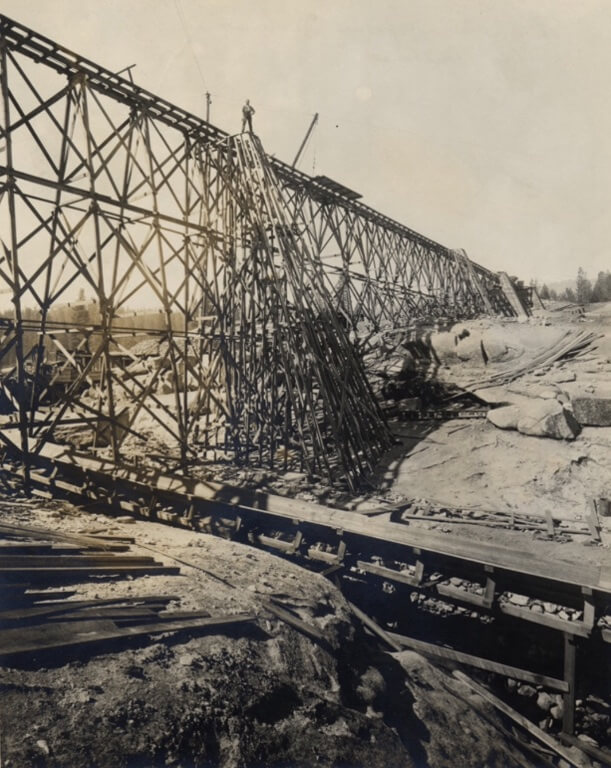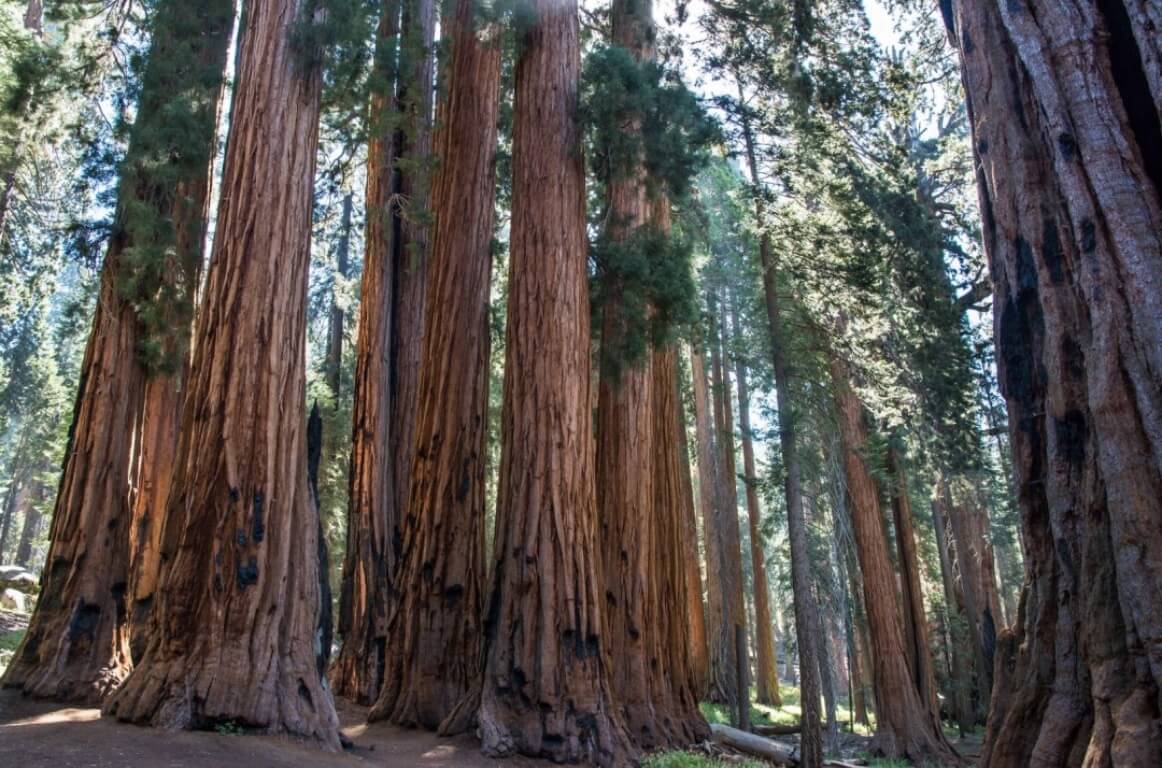Women in Fire
In 2017, more than 1.1 million firefighters fought some of the most destructive fires in American history. Less than 10% of firefighters are women. But what these women lack in numbers, they make up for in guts and inspiration, paving the way for the next generation of women firefighters.
A great example of this heroism is Lacey England.
Lacey England flew in a helicopter nine times before she ever had to make a landing in one. That’s because those first eight flights she took, she got her feet back on land by rappelling to the ground, first in rookie training, then as a certified member of the Gallatin Rappel Crew, based on Montana’s Custer-Gallatin National Forest.
Lacey spent three seasons with the private contractor before hearing about the Forest Service rappel program during a fire assignment in Montana. While private contract work was flexible, she was looking for something different. She had given some thought to smokejumping, but wasn’t certain. Rappelling sounded like it might be a better fit. She applied and was accepted to the Gallatin Rappel Crew, based in Bozeman, Montana. “I had no expectations though, I really had no idea what I was getting into. But it all worked out,” she laughs.
“I’d get off a fire, get transported back to the heli-base, and just have enough time to get my belly-bag repacked, maybe an hour, before we were sent off again.”
“It was an amazing experience, and along with developing burn plans and learning about fire as a prescriptive treatment, we had extremely productive conversations about women in fire. I met some great role models. And the men that attended really had their eyes opened when they heard the similarities in the stories that we were sharing – it made an impact for them to hear that these aren’t just isolated incidents that happen to one or two of us, that it is really pervasive.”
Lacey’s advice to other women who are interested in working as a wildland firefighter is to have a good support system, and to have a realistic expectation that you are going to encounter some type of sexism. “You have to go into it recognizing that it is a male-dominated culture. You have to prepare yourself for that and make a plan for how you are going to deal with it. The plan has to be one that works for you; we are all going to react differently and have our own lines that we draw in the sand. But you shouldn’t ever allow inappropriateness to be normalized. And you shouldn’t be intimidated.”
From The Women Firefighters Protecting Our Forests
Profiled in The National Forest Foundation’s, “Drawn to Flame: Women Forged By Fire.”
Credit
https://www.rei.com/blog/women-in-fire
https://www.nationalforests.org/blog/women-forged-by-fire-lacey-england






